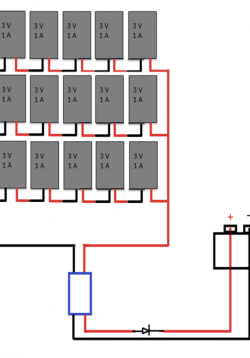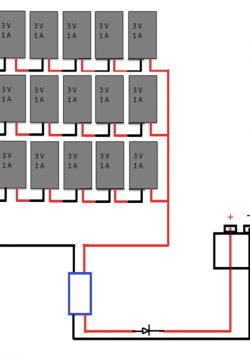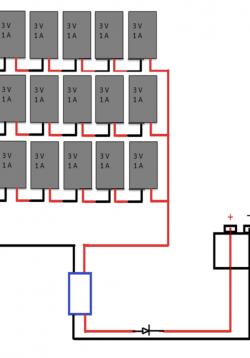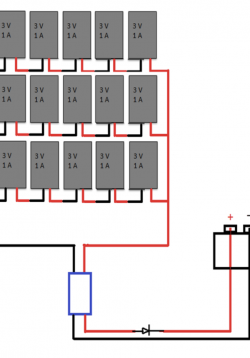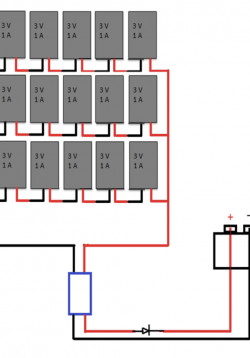Replacing Fossil Fuels?
As students begin to look at the role photovoltaics might play within the transportation energy sector, it is important for them to understand why the phasing-out of fossil fuels is such a daunting task. This lesson is designed to help students comprehend...
Background Research on Alternative Transportation Vehicles
Students completing this lesson will already have identified some of the problems inherent in the development of ideas to replace fossil fuels in the transportation sector. Students will now conduct some research to identify some of the pros and cons of...
Can Portable PV Charge Vehicles?
In this lesson, students will begin to explore the potential and challenges related to using photovoltaics to supplement the power needed to charge batteries in BEVs. Students will test a variety of wiring options related to series and parallel wiring....
Designing a Solar Charger
In this lesson, students will further explore the potential and challenges related to using photovoltaics to supplement the power needed to charge batteries in BEVs. Students will be provided with a 12 V lead-acid battery and several 3 V, 1.5 A solar...
Photovoltaic Solutions "Shark-Tank Style"
In this lesson, the students will take their knowledge gained in the previous activities to innovate design solutions that will allow PV technology to plan an increased role in the transportation sector. The challenge given to them is to design a BEV that...

